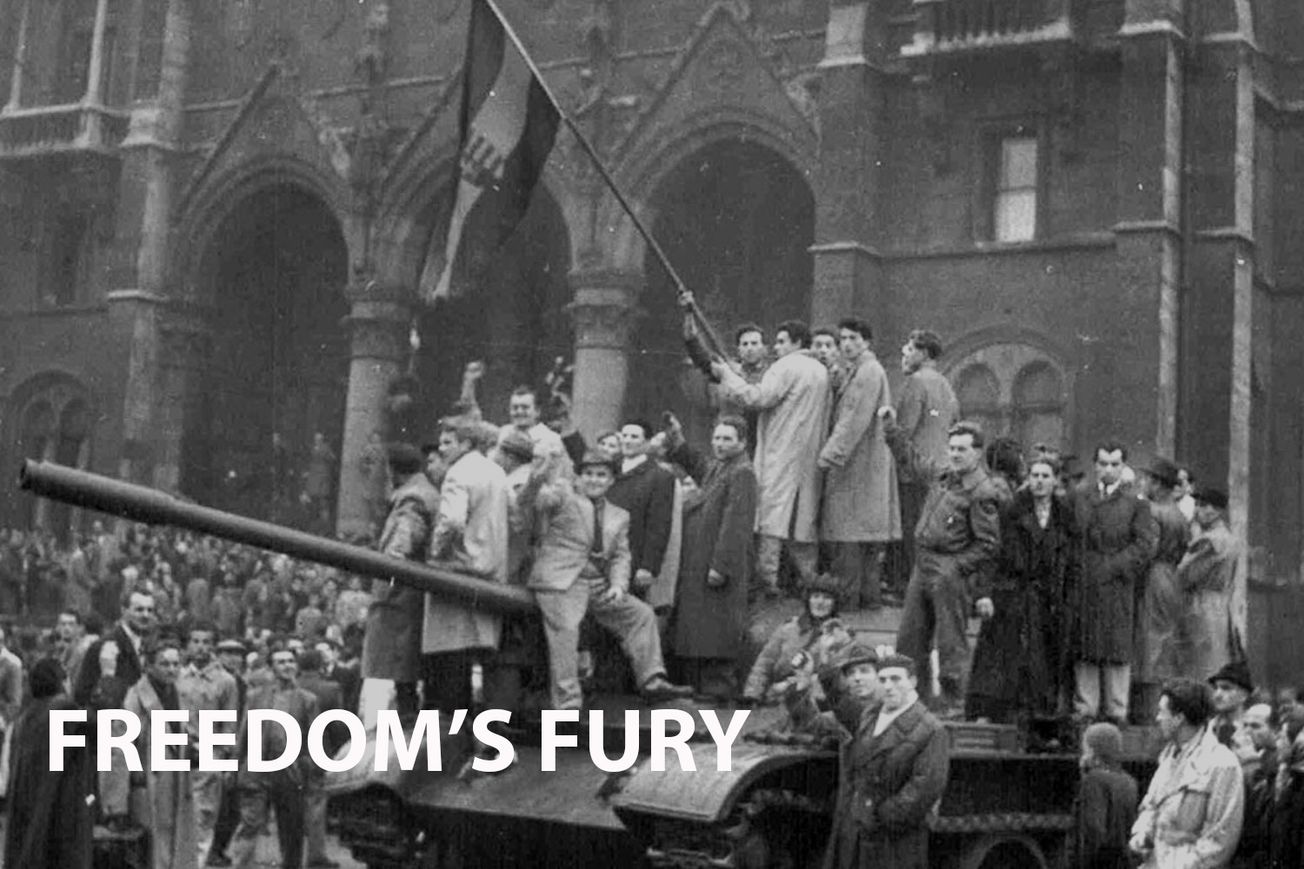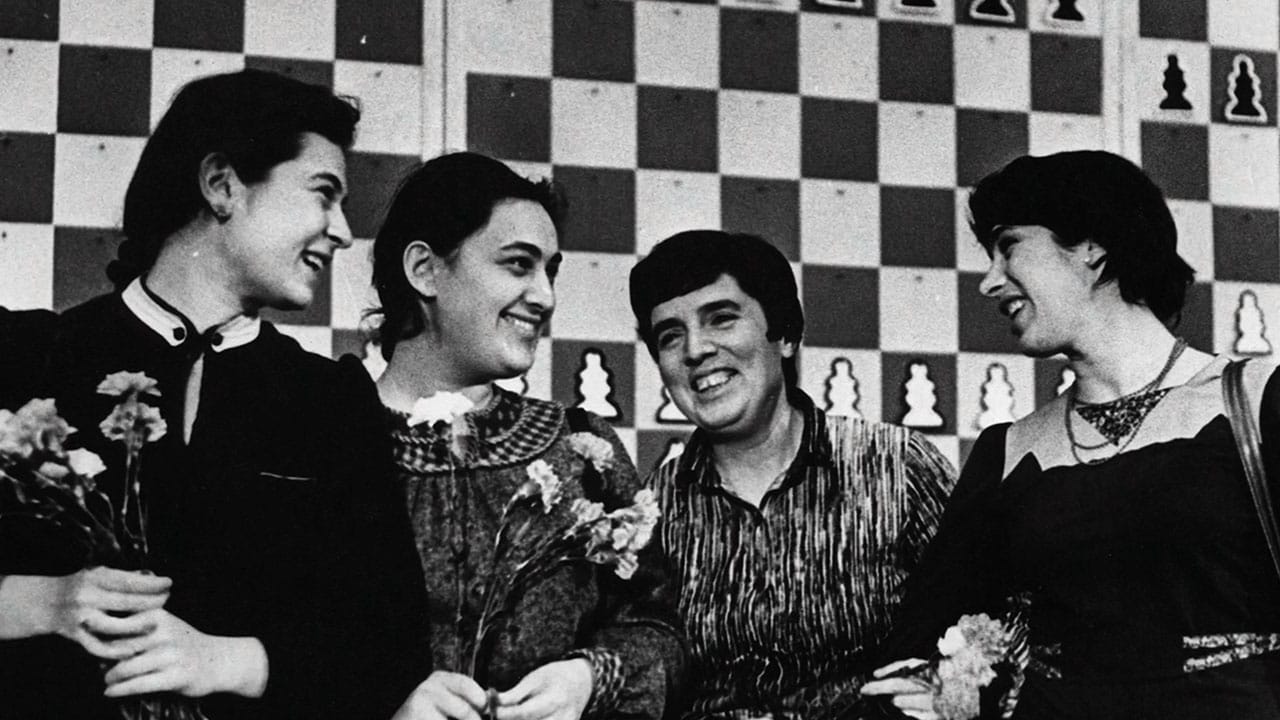Keywords: , 1956 Olympics, Water Polo, Hungary, Russia, Cold War, Hungarian Revolution, Sports History, Political History. Three Words: Historic, Exciting, Enlightening
Introduction
"Freedom's Fury," directed by Colin K. Gray and first released in 2005, delves into the historic 1956 Olympic semifinal water polo match between Hungary and Russia. The significance of this match extends far beyond the sports field, with the game occurring amidst the backdrop of Russian forces brutally suppressing a popular revolt in Hungary. This historical event, entwined with sport and politics, remains relevant today as we continue to witness the crossing of political tensions and sports on various occasions.
Synopsis
"Freedom's Fury" explores the politically charged Olympic semifinal water polo match of 1956 between Hungary and Russia. Dubbed the 'Blood in the Water' match, the confrontation was a literal and figurative battle fought against the broader backdrop of the Hungarian revolution and the Soviet Union's forceful response.
More Film Analysis
Analysis
The documentary employs an investigative approach, thoroughly researching the historical context, the match itself, and the personal stories of the players involved. The depth of the subject exploration is commendable, and the presentation style effectively captures the tension and emotions of the period.
Historical and Factual Context
The Hungarian revolution of 1956 was a nationwide revolt against the Hungarian People's Republic's policies and its Soviet-imposed policies. The revolution was brutally crushed by Soviet forces, leading to widespread resentment against the Soviet Union.
Key themes in the film
- The intersection of politics and sports
- The spirit of national pride and rebellion
- The power of sports as a form of protest
Film Comparisons
Unlike other sports documentaries on iWonder, "Freedom's Fury" stands out for its unique blend of sports and political history, providing not just a game recap but a deep dive into a significant historical event.
Noteworthy Moments
A significant moment in the film is the actual water polo match, where the tension reaches its peak and the political undertones become glaringly clear.
Reviews
Audiences appreciated the documentary's blend of sports and history, and the IMDB score of 7.6 reflects this positive reception. Critics praised the documentary for its in-depth research and engaging storytelling.
Conclusion
"Freedom's Fury" is an important documentary that offers a unique perspective on a pivotal moment in history, making it a must-watch for sports enthusiasts and history buffs alike.
More film information:
FILM SUMMARY
- IMDB score: 7.6
- Rotten Tomatoes score: N/A
- Metacritic score: N/A
- Film festival awards: N/A
PERSONALITIES
- Hungarian Water Polo Team: Heroes of the nation who fought their battle in the pool
- Russian Water Polo Team: Representatives of the oppressive Soviet regime
LOCATIONS
- Melbourne, Australia: The host city of the 1956 Olympics
- Budapest, Hungary: The city under siege by Soviet forces
Key Questions Raised by the Film
- How does politics influence sports and vice versa?
- Can sports be a platform for political protest and expression of national pride?
Links for Further Exploration
I wonder what the film would be in another art form



- A famous book, it would be "1984" by George Orwell - both depict the struggle against an oppressive regime.
- A famous song, it would be "We Will Rock You" by Queen - echoing the spirit of rebellion and the will to fight.
- A famous piece of art, it would be Picasso's "Guernica" - both depict a brutal conflict and its impact on people.
- A famous celebrity, it would be Muhammad Ali - a sports icon known for his political activism.
- A colour, it would be red - symbolising the bloodshed of the Hungarian revolution and the Soviet forces.
- A music style, it would be rock - representing the spirit of rebellion and protest against the establishment.








